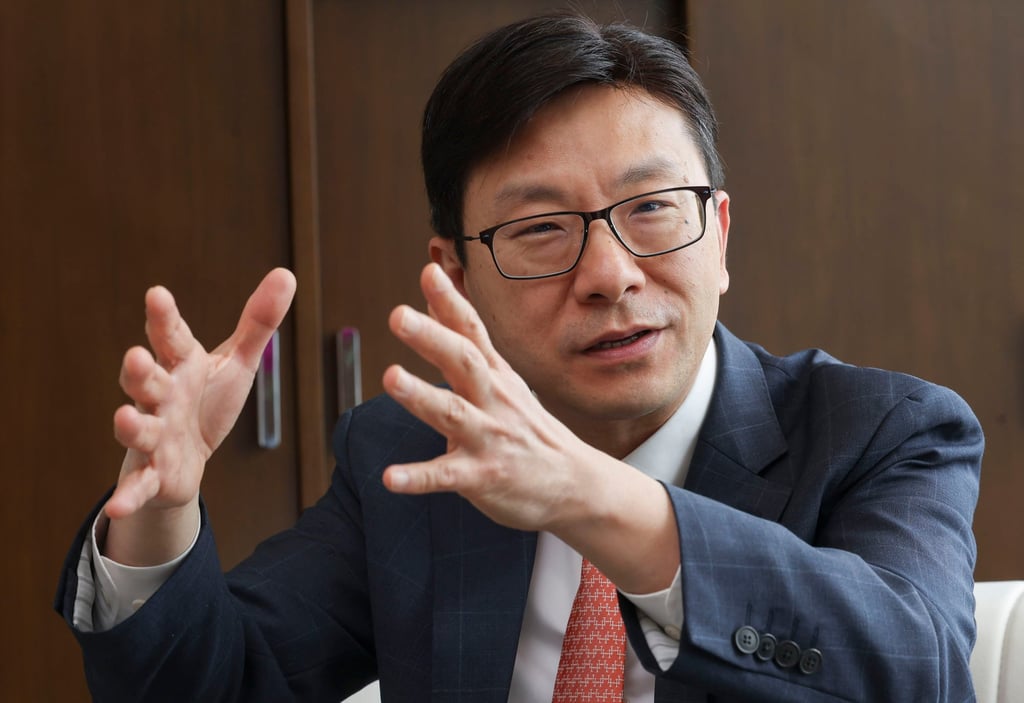Editorial | Hong Kong’s poor must not slip through safety net
- Shake-up in way city targets poverty calls for caution if it risks excluding some of those most vulnerable

Changing the way poverty is measured in a city that perennially ranks among the world’s most expensive places to live is bound to prove controversial. In Hong Kong, where the gap between rich and poor is remarkably severe, determining the best ways to support our most vulnerable people has been a challenge for years.
In making major changes to the safety net, caution is warranted.
Starting in 2013, the city set the line to assess the annual poverty situation at 50 per cent of the median household income. The last poverty report, issued in 2021 and based on 2020 figures, identified about 1.65 million people as living under that poverty line.
The current administration halted those annual reports when it took office in 2022, and instead is targeting three groups: those living in subdivided flats, single-parent families and elderly living alone or in pairs. The change of approach has cut the number of poor to below a million, and raised concern among critics that some, such as the homeless or members of ethnic minority groups, are being excluded.

The government has identified 950,800 people through its approach, and is providing a range of services beyond regular social welfare to support them, such as after-school care, and a “community living room” project to provide tenants of subdivided flats with extra facilities, including showers, laundries, kitchens and study rooms.

